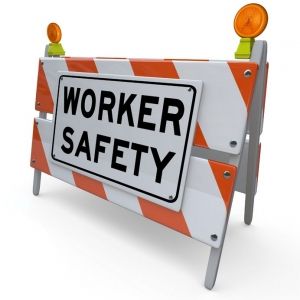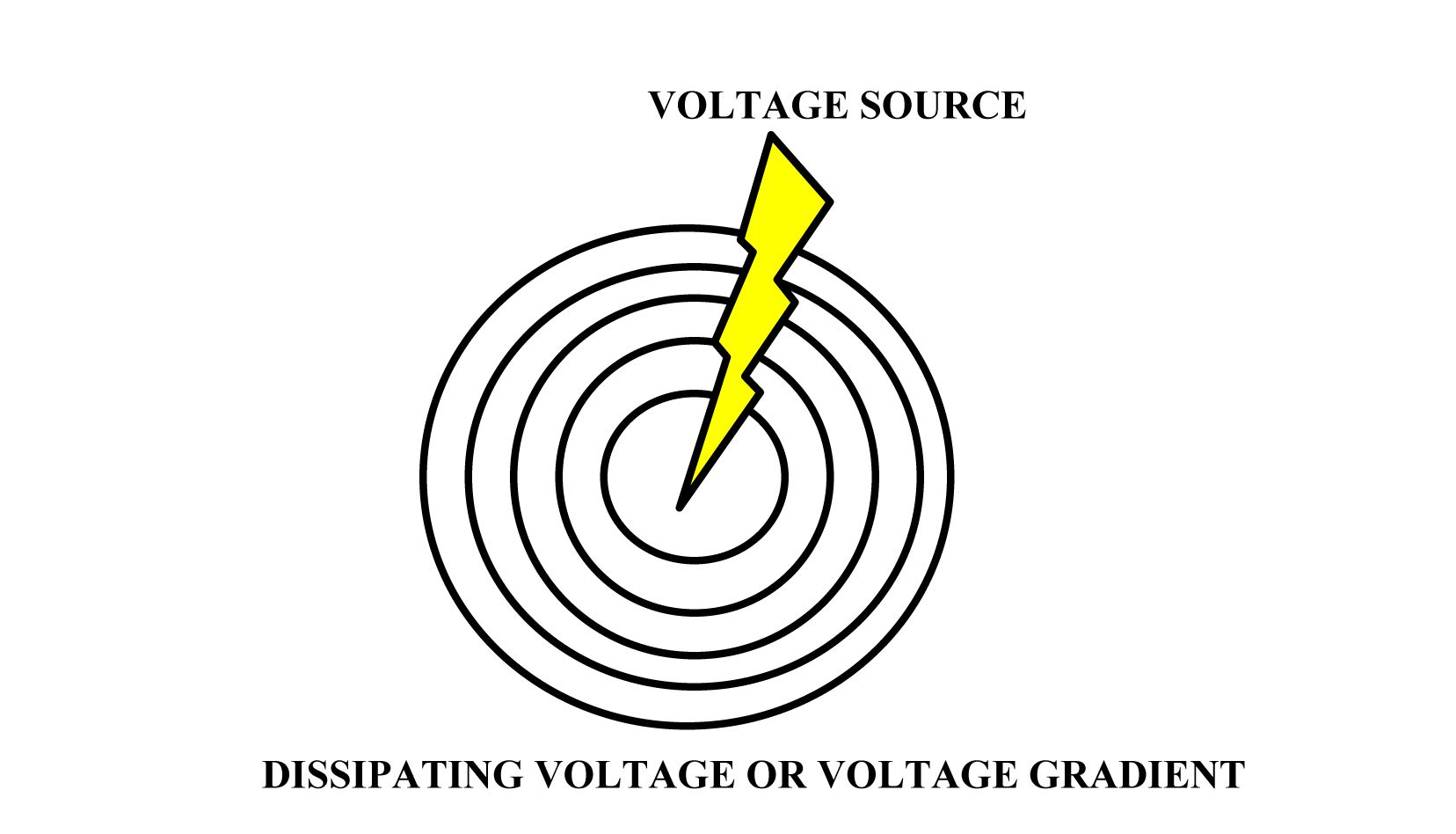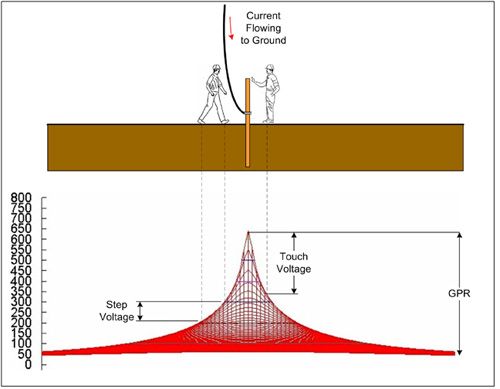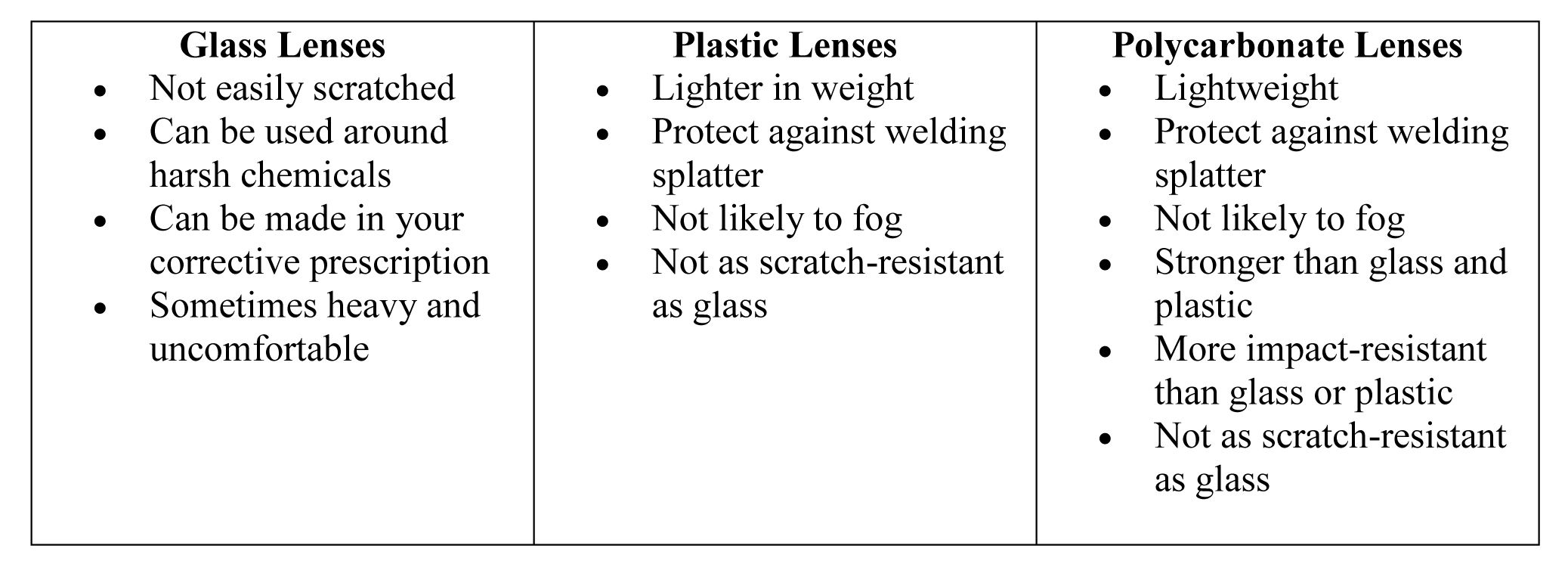Tag: Tailgate Topics
Wood Pole Inspection and Testing
Written by Phillip B. McGee, CUSP on . Posted in Tailgate Topics.
A Key to Safety Performance Improvement
Written by Nick Davey on . Posted in Uncategorized.
Are You Your Brother’s Keeper?
Written by Steve Hedden, CUSP on . Posted in Uncategorized.
Improving Safety Through Communication
Written by Michael J. Getman, CUSP, MBA on . Posted in Uncategorized.
Electrical Capacitors in AC Circuits
Written by John Morton, CUSP on . Posted in Tailgate Topics.
Using Best Practices to Drive Safety Culture
Written by Tim D. Self, CUSP on . Posted in Uncategorized.
Traffic Safety for Lineworkers
Written by Mike Caro, CUSP on . Posted in Tailgate Topics.
Trenching and Excavations: Considerations for the Competent Person
Written by Charles R. Southerland, CSC, CUSP on . Posted in Tailgate Topics.
Emergency Action Plans for Remote Locations
Written by Gary Coleman, CHST, CSP, CUSP, OHST, STSC on . Posted in Uncategorized.
Multitasking vs. Switch-Tasking: What’s the Difference?
Written by David McPeak, CUSP, CIT, CHST, CSP, CSSM on . Posted in Uncategorized.
Understanding Step and Touch Potential
Written by John Boyle on . Posted in Tailgate Topics.
OSHA Job Briefing Basics
Written by Will Schnyer on . Posted in Uncategorized.
Bighorn Sheep vs. Lineworkers: What’s the Difference?
Written by Jim Vaughn, CUSP on . Posted in Uncategorized.
The Globally Harmonized System for Classifying and Labeling Chemicals
Written by Charles R. Southerland, CSC, CUSP on . Posted in Uncategorized.
Working Safely with Chain Saws
Written by John Boyle on . Posted in Tailgate Topics.
Soil Classification and Excavation Safety
Written by Lester Apley, CHST, CUSP on . Posted in Tailgate Topics.
Live-Line Work on the Jersey Shore
Written by Will Schnyer on . Posted in Tailgate Topics.
Managing Cold Stress
Written by John Boyle on . Posted in Tailgate Topics.
Care and Maintenance of Climbers
Written by John Boyle on . Posted in Tailgate Topics.
Detecting Shock Hazards at Transmission Line Work Sites
Written by Gary Zevenbergen on . Posted in Worksite Safety, Tailgate Topics.
Care of Portable Ladders
Written by John Boyle on . Posted in Tailgate Topics.
A Mirror: Your Most Important PPE
Written by David McPeak, CUSP, CIT, CHST, CSP, CSSM on . Posted in Tailgate Topics.
The Value of Personal Protective Equipment
Written by Will Schnyer on . Posted in Tailgate Topics.
Safe Digging – Get the 411 on 811
Written by John Boyle and Kurt Kollwelter on . Posted in Tailgate Topics.
Combating Overuse and Overexertion Injuries
Written by John Boyle on . Posted in Tailgate Topics.
Safe Use of Portable Electric Tools, Cords and Generators
Written by John Boyle on . Posted in Tailgate Topics.
Communication: The Key to Great Safety
Written by John Boyle on . Posted in Tailgate Topics.
Safety Leadership in a Written Pre-Job Briefing
Written by Tim D. Self, CUSP on . Posted in Tailgate Topics.
Basic Qualifications of Employees
Written by Chuck Woodings, CUSP on . Posted in Tailgate Topics.
Felling of Trees Near Power Lines
Written by Will Schnyer on . Posted in Tailgate Topics.
No-Voltage Testing
Written by John Boyle on . Posted in Tailgate Topics.
Substation Safety
Written by John Boyle on . Posted in Tailgate Topics.
A Second Look at Safety Glasses
Written by John Boyle on . Posted in Tailgate Topics.
Equipment: Back to Basics
Written by John Boyle on . Posted in Tailgate Topics.
Live-Line Tool Use and Care
Written by Will Schnyer on . Posted in Tailgate Topics.
Taking Stock of Your Fall Protection Compliance
Written by Tim D. Self, CUSP on . Posted in Tailgate Topics.
Drop Zone Management: Expanding Our View of Line of Fire
Written by John Boyle on . Posted in Tailgate Topics.
High-Pressure Hydraulic Injection Injuries
Written by John Boyle and John Wisniewski on . Posted in Tailgate Topics.
Vehicle Operation Winter Readiness
Written by John Boyle on . Posted in Tailgate Topics.







